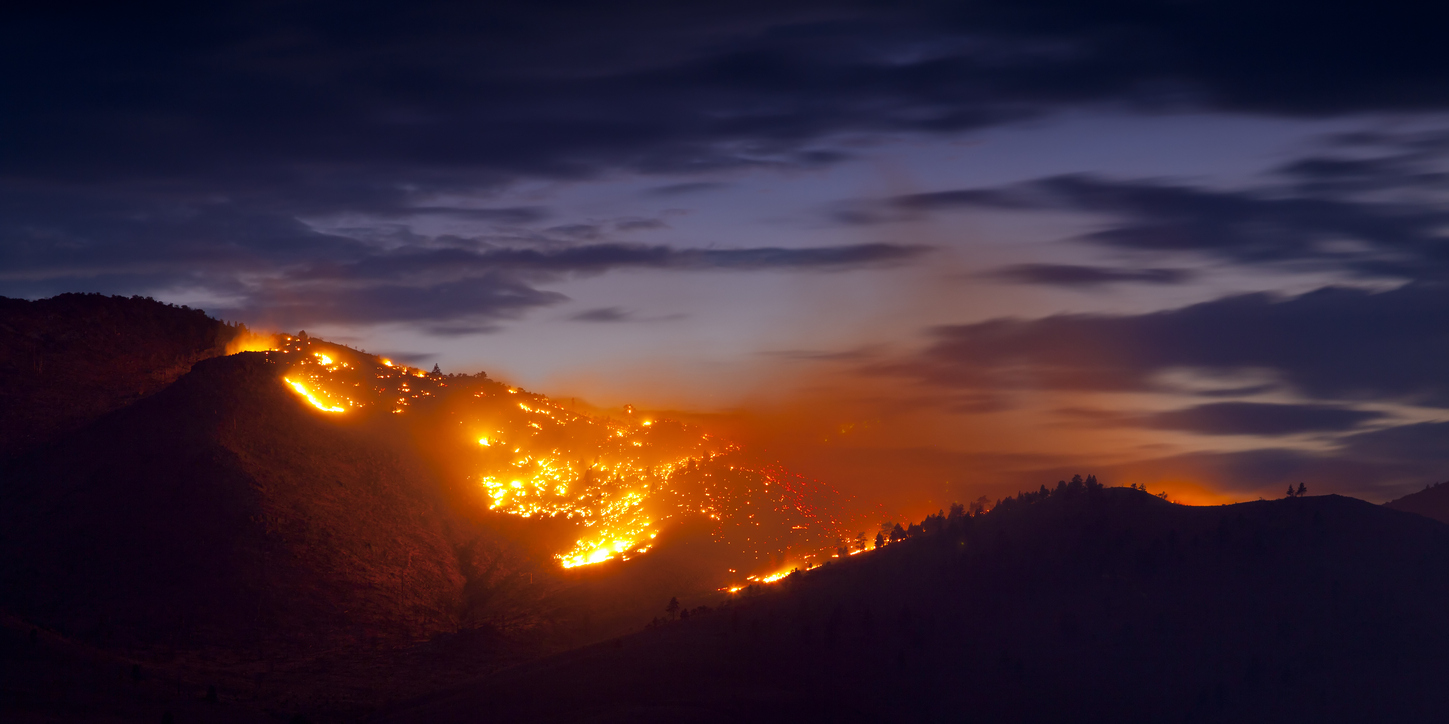What can we design for you today? Talk to a building specialist to learn more. 1-888-449-7756
Wildfires

©2009-2024 King David Interactive Corp. All Rights Reserved. | CALL TO SAVE NOW! 1-888-449-7756
What can we design for you today? Talk to a building specialist to learn more. 1-888-449-7756

©2009-2024 King David Interactive Corp. All Rights Reserved. | CALL TO SAVE NOW! 1-888-449-7756